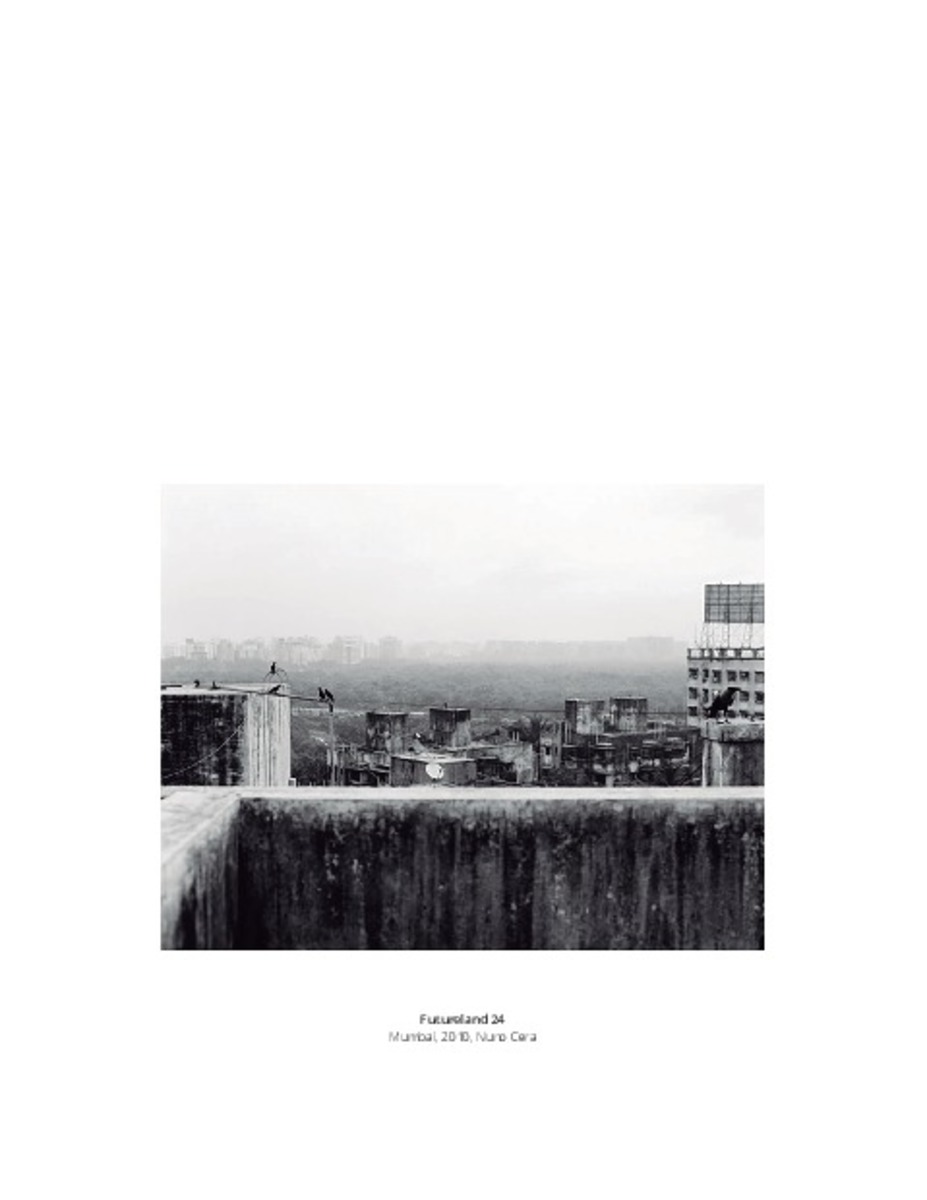Crafting Urban Imaginaries: How does the Photographer’s Record of the Urban Environment Influence a Way of Seeing that is Useful for an Architect’s Response to Place?
Keywords:
Aesthetics
Architecture
Urban analysis
Urban design
Subjectivity
Photography
Materias Investigacion::Arquitectura
Publisher:
Servicio de Publicaciones Universidad de Navarra
Citation:
Rodgers, N., (2016) ""Crafting Urban Imaginaries: How does the Photographer’s Record of the Urban Environment Influence a Way of Seeing that is Useful for an Architect’s Response to Place?"" En: Alcolea, R.A, Tárrago-Mingo, J., (eds.), en Congreso internacional: Inter photo arch ""Interacciones"", celebrado en Pamplona, los días 2 al 4 de Noviembre de 2016, (pp. 330-341)
Statistics and impact
0 citas en

0 citas en

Items in Dadun are protected by copyright, with all rights reserved, unless otherwise indicated.







